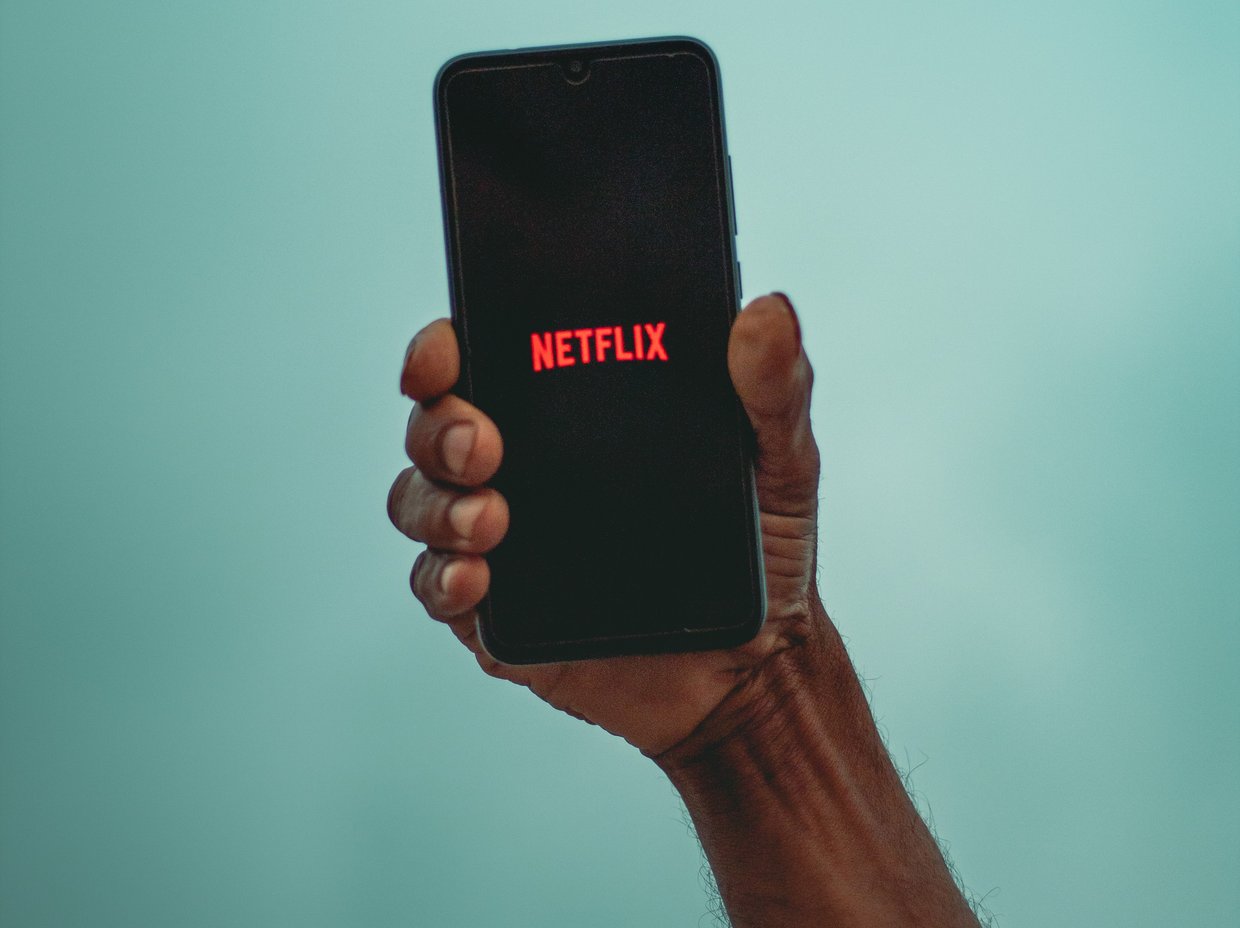It’s been six months since Netflix launched its ad-supported tier. The streaming giant announced that it would introduce ‘Netflix Basic with Ads’ following a string of disappointing results in terms of subscriber numbers in 2021 and 2022. Despite vowing in years gone by that Netflix would never have ads, CEO Reed Hastings announced the move in the spring of 2022, and the new, lower-priced tier, launched that fall. There was great excitement amongst advertisers that the notoriously difficult-to-reach Netflix audience would finally be reachable. So how’s it going?
An encouraging reaction from consumers…
Whether through sheer luck or clever forecasting, Netflix’s cheaper ad-supported tier launched just as the cost-of-living crisis hit households in many countries. Many people view streaming platforms as a necessary expense, with entertainment providing a release valve for the strains of living through an economic crisis. What’s more, the proliferation of streaming platforms means that people are eager to spend less where possible. Young people in particular are switching to ad-supported tiers, driven by financial pressures and perhaps a greater tolerance of advertising. All this means that, two months after its launch, Netflix with Ads had one million subscribers in the US; it plans to increase that figure to 13.3 million by the third quarter of 2023. This will be music to the ears of advertisers; how times have changed since the early days of streaming when advertisers feared that consumers would be lost to ad-free environments.
…but a lukewarm reception from advertisers
While consumers have been relatively enthusiastic about Netflix’s ad-supported tier, the streaming giant had a more difficult start on Madison Avenue. Advertisers and media buyers were frustrated by the high CPM, which started at $65. While it is now lower, complaints centered around the fact that Netflix’s targeting capabilities and audience numbers did not warrant this price level; indeed, Netflix was forced to issue rebates after missing viewership targets. In December, it was reported that they had only delivered 80% of the expected audience.
While Netflix’s CPM has now been lowered to around $55, many believe that $45 would be fairer given the platform’s current targeting capabilities, which are not yet up to par with those of other streaming providers, although to be fair, the likes of Disney+ and Max already had advanced ad sales operations up and running from their linear and cable set-ups. But advertisers are understandably not interested in ‘fair’ – they need to know that every dollar is being spent in a way that drives value, especially in the current economic context. For that, they need better ad targeting and third-party measurement. Campaign delivery was largely manual in the early phases of ads on Netflix and third-party measurement wasn’t available, but it is gradually opening up to third-party measurement in a signal that it will increase bidding volume.
Netflix will host its inaugural Upfronts presentation next week (although it has pivoted from a live event in New York to a virtual, streamed one – likely because of picket lines for the WGA strikes), and will be eager to assure advertisers that innovations in the pipeline will bring its ad product up to scratch. Advertisers who attend Netflix’s session will be looking for three key things: ad capabilities on a par with those of its competitors, lower pricing and a larger audience. Because, despite the difficult start, brands know that once the creases are ironed out, Netflix’s ad product has huge potential. That’s why they haven’t abandoned the streaming giant just yet.
What’s Netflix doing to address advertiser concerns?
Netflix is acutely aware that improvements need to be made, and there are changes being made both to how it runs its ad sales operation and to its product offering. To address the former, it has hired Jon Whitticom, formerly the CPO of Comcast-Freewheel, to consult on whether it should build its own ad tech, or acquire a company with existing, high-quality capabilities. Netflix is currently partnered with Microsoft, but the issues that its ad offering has experienced so far, alongside Whitticom’s role, suggests that this partnership may not last much longer as Netflix seeks to in-house its ad sales operation.
A few weeks ago, Netflix’s VP of global advertising sales teased some of the features that the streaming platform will soon launch. These include more advanced ad targeting capabilities; at launch, advertisers could only target by country, but more categories have been added including age, gender, state and designated market area (in the US). More interestingly, Netflix now also supports targeting by eight content genres, such as comedy, romance and action, as well as targeting by first impression, which guarantees a brand will be the first ad shown to a user during their viewing session. This product is likely to be sold at a premium.
Advertisers will also be excited about the ability to buy inventory against Netflix’s Top 10 list, which is generated on a daily basis and ranks the top shows and movies by total hours viewed, and is displayed to viewers when they log in. This would give advertisers the ability to reach millions of viewers in a concentrated period of time.
Netflix with ads has huge potential
Although the launch of Netflix with Ads was a bit rocky, the streamer seems to have recognised that and is implementing solutions and features to make its ad sales operation worthy of its content. But there’s still more potential, for example creating a data clean room. Layering in first-party data, incorporating conversion-attribution and allowing for measurement of reach and frequency beyond the Netflix buy would be an extremely exciting proposition for advertisers.
Netflix is home to some of the best streaming content in the market. If it can complement that with market-leading targeting and measurement capabilities, it will be a hard proposition to beat, and then, for many advertisers, worth the premium price.




.png)




